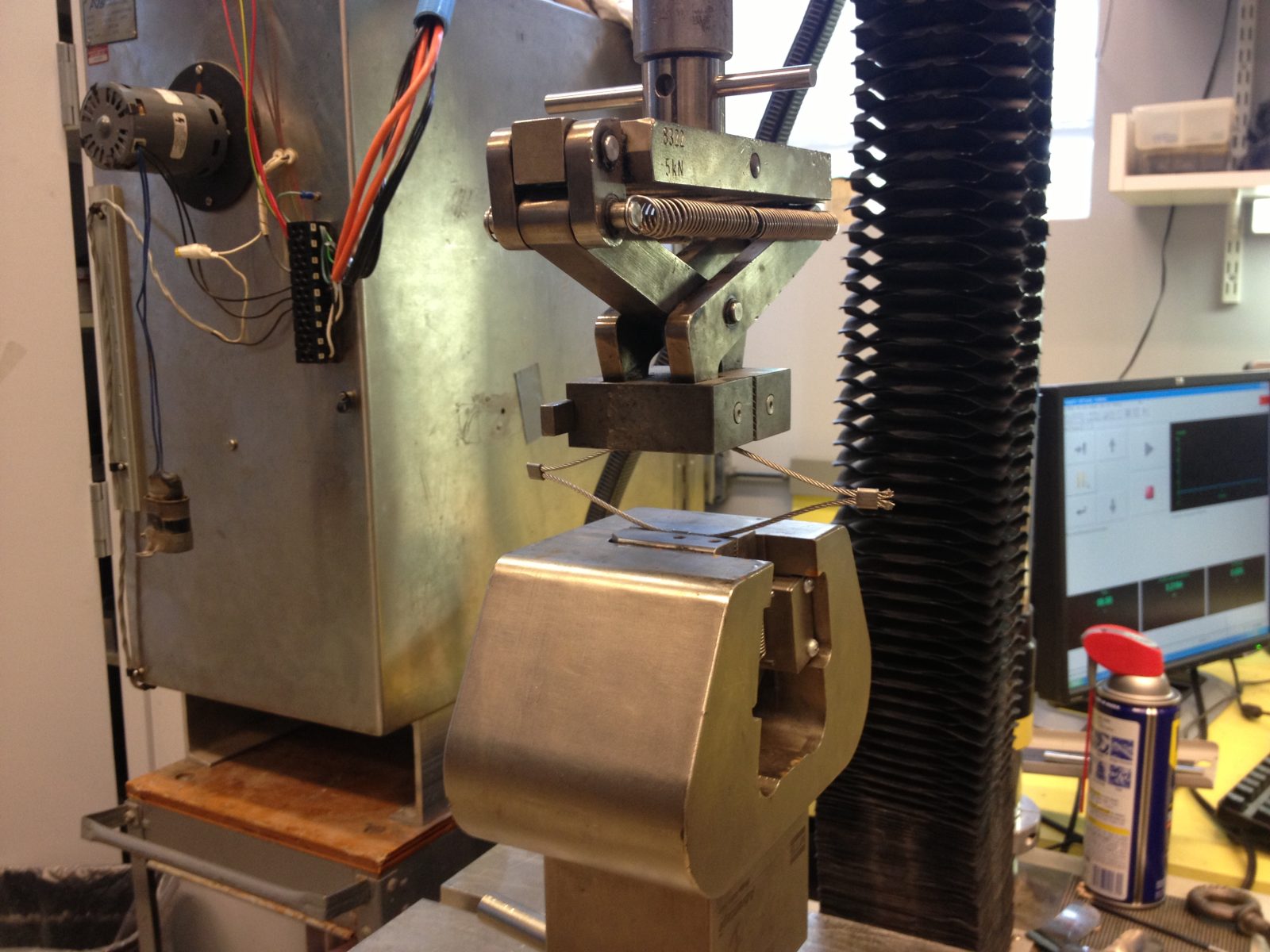Ithaca, NY
Cornell University, Pedestrian Suspension Bridge
Scope/Solutions
Cornell University sought to install cable net barrier systems on four university-owned bridges, including a pedestrian suspension bridge that spans over Fall Creek. SGH analyzed the existing suspension bridge structure and the effect of the cable net on the bridge.
The new pedestrian barrier on the steel suspension bridge consists of stainless steel cable net that wraps under and around the deck and truss and extends up to, or over the top of, the main cables in the central portion of the bridge.
SGH developed and validated finite element models of the suspension bridge with and without the cable net. We used the models to determine the effect of the net on the natural frequencies of the structure and on the bridge’s response under wind and ice loads. To validate our model, we physically excited the bridge and analyzed response data obtained from a field monitoring system installed by others. Based on our studies, we advised the university about the influence of the cable net system on the response of the bridge.
SGH also tested the cable net mesh at our in-house laboratory. We performed instrumented tensile tests on localized sections of a cable net sample and correlated the results with finite element analyses to determine the overall nonlinear behavior of the cable net.
To assist Cornell Facilities with the long-term management of their bridges, SGH developed an outline bridge health and monitoring plan that provides guidance on assessments and maintenance.
Project Summary
Key team members



